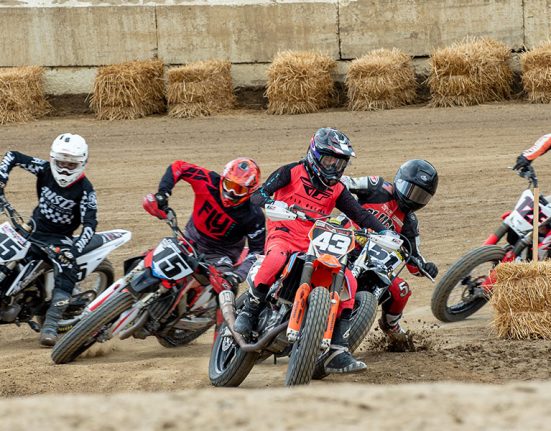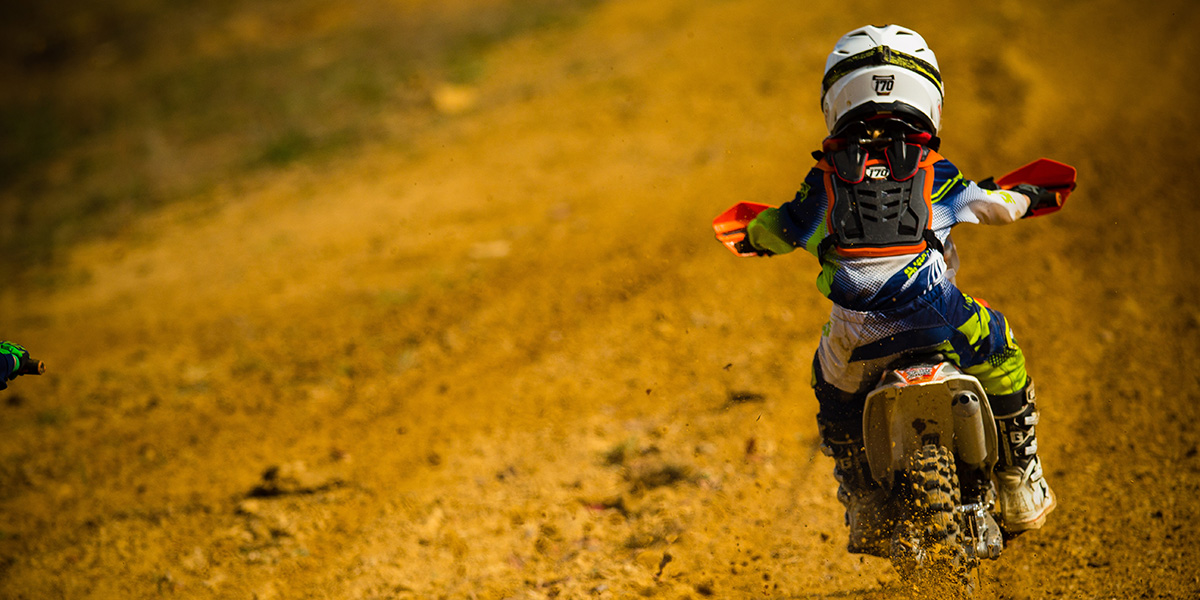Getting Started: Riding With Kids
Like learning to play a musical instrument or learning a second language, it’s so much easier to master the skills and techniques necessary to ride a motorcycle in childhood, when our brains are still forming and oriented toward acquiring new skills and techniques.
And is there a better, more family-friendly activity than exploring the unpaved outdoors on two-wheels? Sharing your love of two-wheeled travel with your children is one of the best ways to grow the sport and ensure the future of motorcycling, as activities that we connect with as children tend to carry over into adulthood.
The great thing about riding dirt bikes is that you don’t need to be a certain age to ride; you can start as young as you want. That doesn’t mean, however, that every kid is ready to twist a grip.
MSF Protocol
The Motorcycle Safety foundation has published this helpful set of guidelines designed to help you assess whether your youngster is ready to start riding and, if so, how to teach them in the safest manner possible. Deciding if your youngster is ready to ride an off-highway motorcycle is an important decision, the MSF says, and that group has designed a “riding readiness checklist” to help you determine if your child is ready to ride.
The MSF protocol for introducing kids to motorcycling is divided into four parts:
- Part 1: Determining your Youngster's Readiness to Ride an Off-highway Motorcycle
- Part 2: Pre-operating Procedures
- Part 3: Operating Procedures
- Part 4: Readiness Checklist
There is additional information about protective gear, control operation procedures and starting the engine. Much of assessing a child’s readiness to ride a motorcycle revolves around assessing their level of physical and mental maturity.
Assessing your child's readiness
First, can they physically handle the motorcycle? Are they big enough to hold the motorcycle up, with both feet touching the ground? Can they comfortably reach and operate all the necessary controls? What is their attitude toward risk? Are they reckless, or prone to injury on bicycles or skateboards? That might suggest that they are not ready for off-road motorcycles yet.
In general, a youngster should be well-coordinated and possess good balance and agility, as demonstrated by the ability to jump rope, skateboard or ride a bicycle. Social and emotional development needs to be considered, too. The ability to understand and obey rules is important, as certain rules are necessary for the safe operation of any motor vehicle. It’s also important to understand your child’s visual perception skills and discrete motor development. Can your child see well, and react with the proper hand, foot and body movements? And remember, once your youngster is ready to learn to ride, YOU must be familiar with the motorcycle since you will be serving as teacher, coach and safety supervisor for your youngster.
Follow the above guidelines and you should be able to determine if your child is truly ready to ride, and what you can do to instruct and encourage them in the most effective and impactful way possible. And get ready to start building some great family memories that will last a lifetime and beyond—because there’s nothing stronger than a family that rides together.
AMA-Sanctioned Events
Search for AMA-Sanctioned events by city, state, event type and date range.






